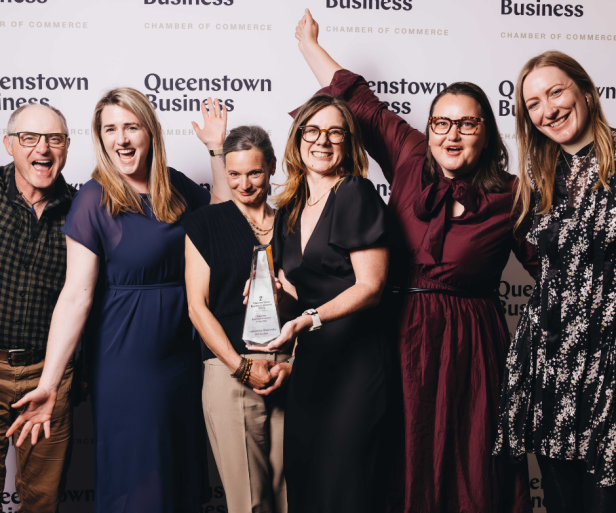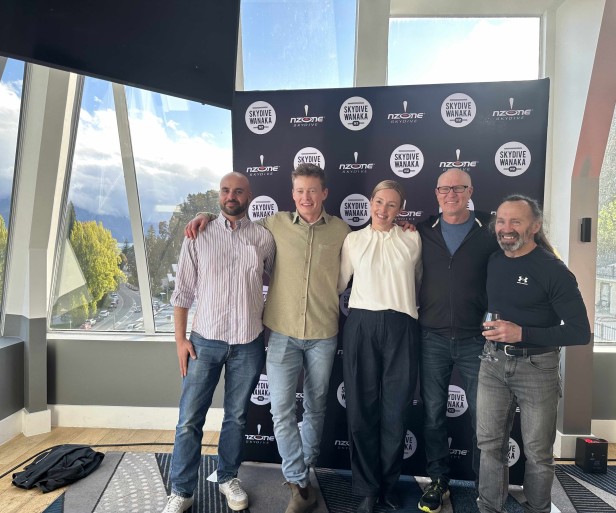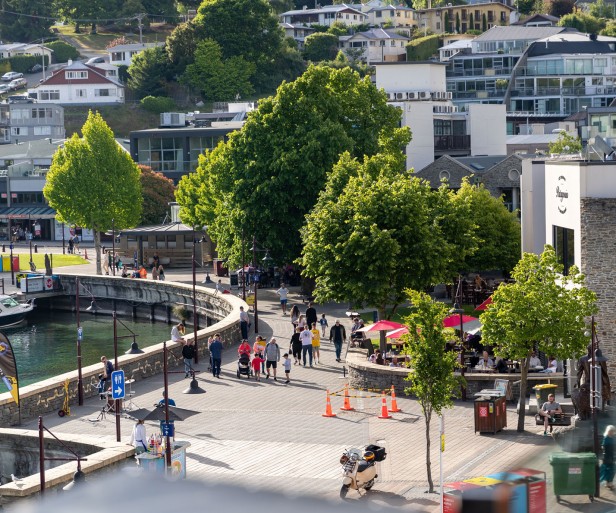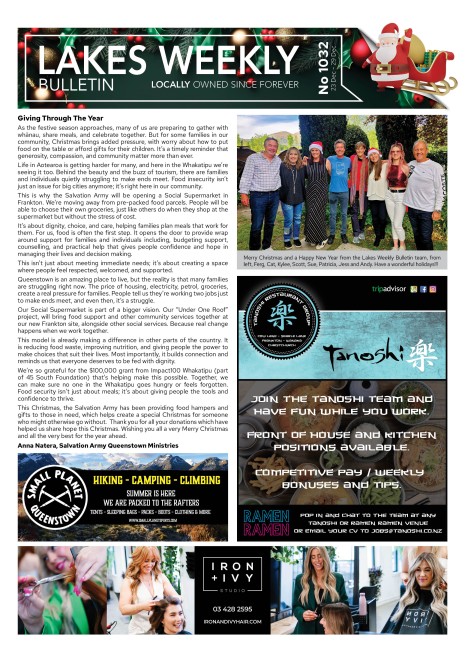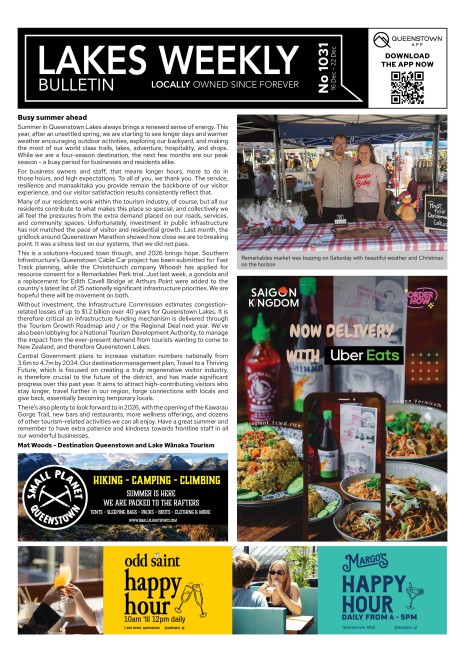Wao Summit 2024: How do we build better?
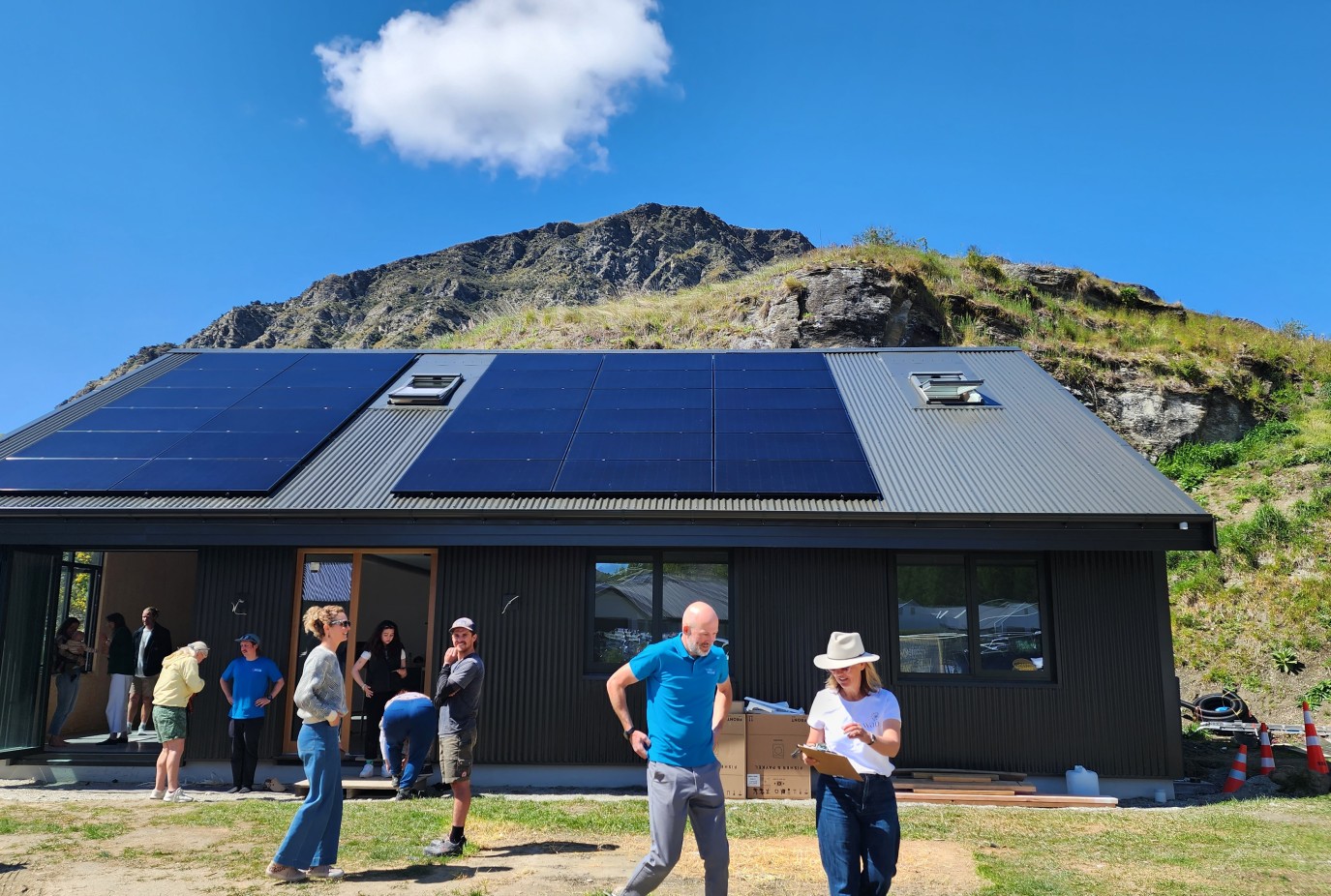
The link between a Kiwisaver fund and the future of energy efficient housing isn’t an immediately obvious one. But for Sam Stubbs, speaker at the 2024 Wao Summit Better Building Day and founder of low-fee fund Simplicity, it presented a clear opportunity.
The Simplicity Homes and Income Fund offers a model of efficiency, building high density apartments-to-rent at scale to reduce costs and waste. “The way we do it is by controlling the entire process, so we get rid of what I call the filo pastry of fees that come from doing it bespoke and small scale,” says Stubbs, who is known for speaking out against the finance sector and its high, extractive fees.
Stubbs explains that the Simplicity homes are energy efficient, but not just by merit of being smaller and cheaper to build. “We build out of concrete, brick, steel, aluminium and glass. It doesn’t sound very glamorous, but they have a very high thermal efficiency. They’re very warm, and very dry. We build in about half the time and use about half the labour of a normal place, which means that we have about 20% of the waste material of a typical build.”
Most Kiwis are not quick to get excited about high density housing. As Stubbs points out, with a historic abundance of land, Aotearoa is the last cab off the ranks where this is concerned. However, our population is growing and Stubbs does offer one new model of thinking, and a solution to having too many big, inefficient homes. And as Wao director Monique Kelly points out, we are in great need of some new models.
“Right now we are not making climate safe, healthy or affordable homes. Our building standards are not fit for purpose and well below those of other OECD countries,” Kelly says. “There is a focus in the industry on the upfront cost of building a house, reducing this down to a per-square-metre rate which is only a small part of the whole picture.”
The real focus, Kelly says, needs to be on the value of the house over its entire lifetime. That is, how does it perform, how long does it last for and what are its operating costs over that time?
In a rapidly growing region like the Southern Lakes, these issues are front of mind. Kath Buttar, Senior Sustainability Advisor at QLDC, is another speaker on the programme at the Better Building Day. As part of The Current Playing Field session, she will delve into the big picture side of construction waste.
“In the Queenstown Lakes District, construction and demolition waste accounts for a staggering 32% of all waste generated,” Buttar says. “That translates to around 242 tonnes landing in landfill every week. This poses a significant environmental challenge by filling up Victoria Flats, creating emissions and wasting finite resources. But it also presents an opportunity for innovation and leadership.”
Though the challenges are enormous, Buttar is looking forward to bringing some optimism to the session. “We have encountered some incredible examples of sustainable building practices right here in our district, showcasing that change is not only possible but already happening.”
To that end, Buttar will be profiling some of the more inspiring things going on in our community, emphasising that it’s not a pipe dream, and everyone’s got a part to play.
Stubbs and Buttar are just two voices from the diverse lineup of speakers and facilitators across the Wao Summit Better Building Days. The first, a longer day with more sessions, will be held in Luggate on Thursday, 31 October. The second will be held in Queenstown on Friday, 1 November. Details on both can be found at wao.co.nz.
Alongside scale and efficiency there will, of course, be a big focus on design. This is something speaker Arthur Lee is particularly passionate about. Lee is a Passive House Designer and, currently, Sustainability & Development Officer at Queenstown Lakes Community Housing Trust.
Lee is one of the facilitators of the Better Building Day’s NZ Green Building Council Homestar Masterclass, which will provide insight into the core logic of the Homestar framework. The session will also offer practical instruction on how to maximise the benefits in the Homestar V5 Design Guide - a practical design guide to lower carbon healthier homes, which Lee co-authored.
Lee sees himself as a guardian for building performance, and doesn’t necessarily think the tension between affordability and energy efficiency is a negative thing. “It will always be there,” he says. “Traditionally, cheap and big houses were the Kiwi dream. This model often comes with high operational cost (energy and maintenance), high social cost (cold and mouldy) and high environmental cost (intensive energy use and embodied carbon).”
Lee thinks that a high cost of construction may not be a bad thing for lower carbon, better quality housing. “It forces people to make buildings smarter, simpler, and smaller,” he explains. “Intentional or not, this often means better quality, occupant wellbeing, energy efficiency and lower carbon.”
Perhaps then, contrary to the common rhetoric, it doesn’t need to cost more to build a more energy efficient home - if we’re able to go small. And this is exactly what the Better Building Days are for; to come together as an industry and discuss solutions, leaving no stone unturned.
Other sessions include Building for the Future, Integrated Design and Materials Circularity, and Carbon Counting. There will be one exploring tools for On-Site Management, and another on Biophilic Design and not building ‘toxic boxes’.
The Better Building Days are for builders, architects and anyone interested in the building ecosystem - with the option to get points towards LBP or NZIA certifications. There will be speaker sessions, breakout workshops and plenty of time to discuss and reflect.
Luggate and Wānaka will host a full day event including lunch and morning talks. Queenstown will be a repeat of all afternoon workshops and masterclasses - and a perfect opportunity if you missed an overlapping session over the hill . We can’t wait to see you there.
Full programme and tickets available from wao.co.nz


